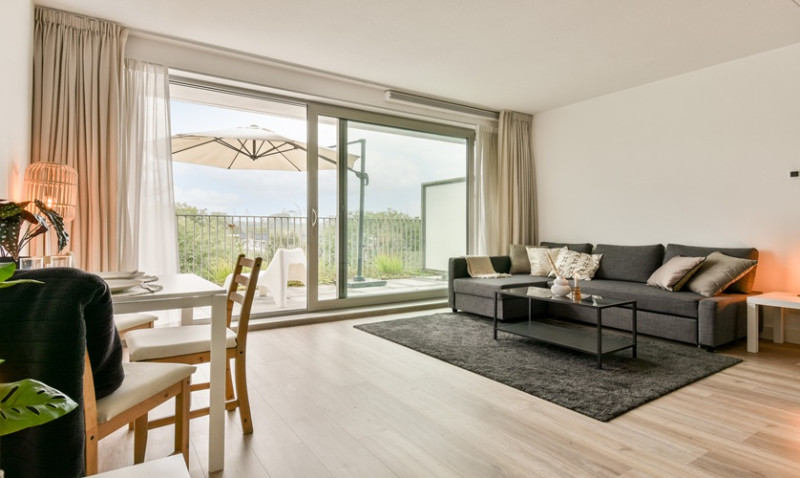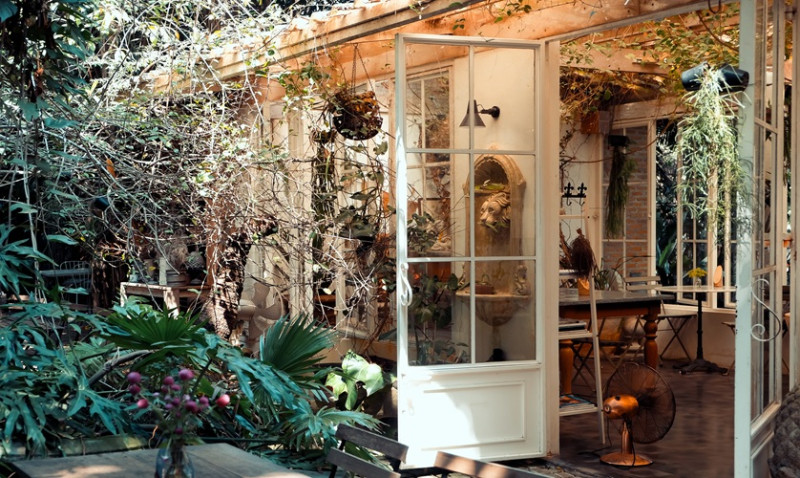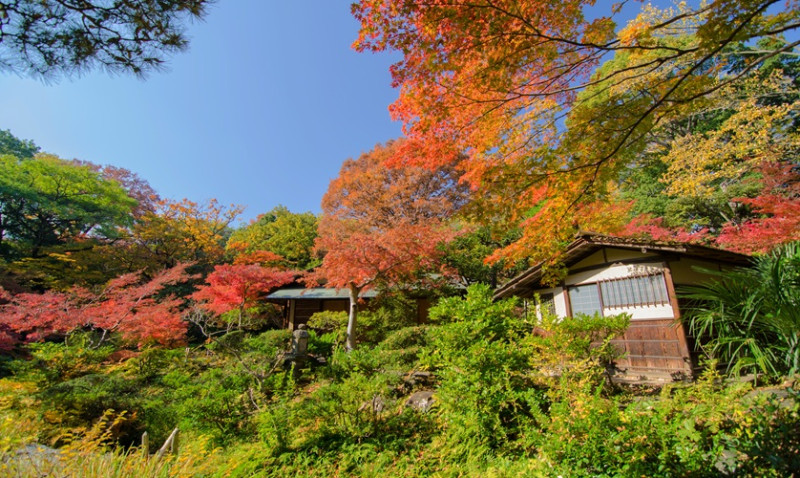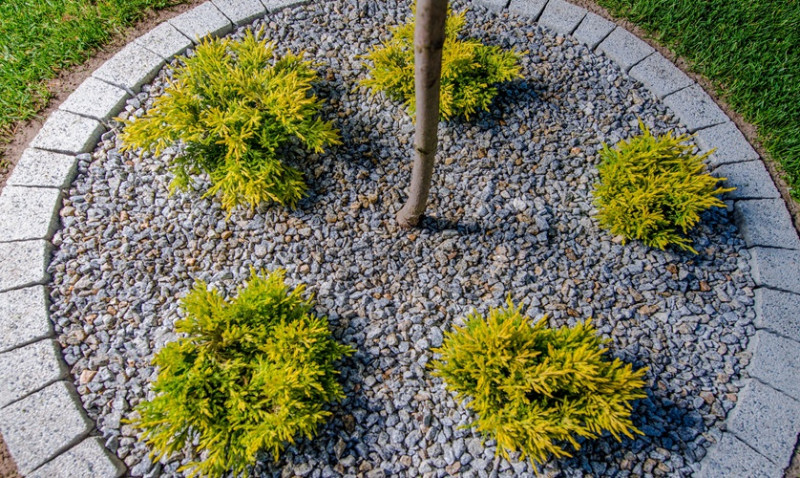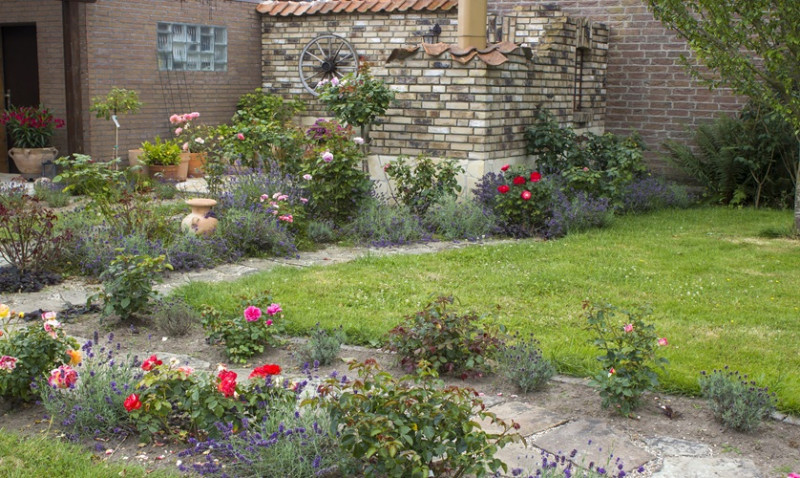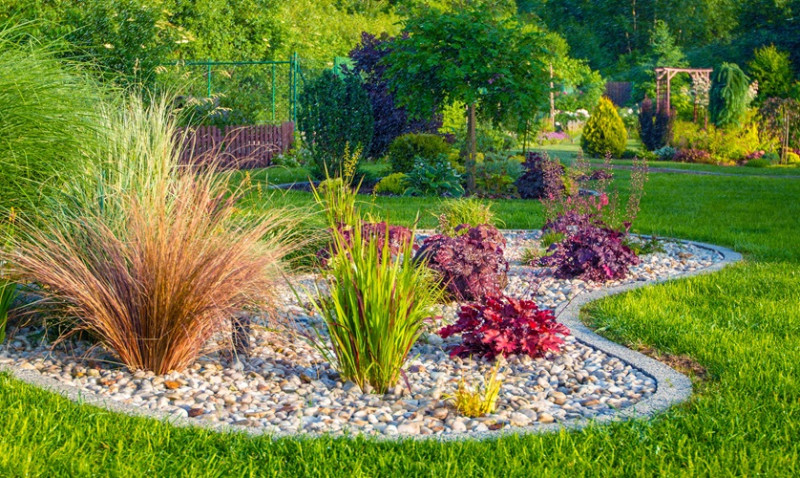
Designing a garden can feel like an overwhelming task, especially if you’re starting with a blank canvas or trying to revive a tired outdoor space. But don’t worry – with the right guidance, it becomes an exciting and rewarding creative project. In this post, we’re diving into essential tips on how to design a garden effectively, featuring insights and inspiration from expert garden designer. Whether you're a young professional decorating your first home, a DIY enthusiast, or a professional tradesperson offering services to clients, these practical tips will give you a solid foundation.
1. Start With a Clear Vision
The first step in designing your garden is having a clear idea of what you want to achieve. Garden design is more than just planting flowers; it’s about creating an outdoor room that complements your lifestyle and property. Start by asking yourself: How will I use this space? Do you need a low-maintenance retreat, space for entertaining, or a family-friendly backyard?
It's essential to tailor the design to the people who will use it. For example, a garden for a young couple in London might focus on stylish container plants, mood lighting, and a BBQ area, while a small suburban family garden might need lawn space, raised beds and play areas for children.
Gather inspiration from garden magazines, Pinterest boards, and even public gardens. Collect images and make an inspiration folder. Identify what types of design elements you're naturally drawn to—be it symmetrical lines, curved paths, or lush cottage garden borders.
At this stage, don’t worry too much about budget – it’s about building your dream vision. Practical considerations come next, but clarity of concept will direct everything that follows.
2. Assess Your Site
No two plots of land are the same. Conducting a site analysis helps you understand the existing conditions that will influence your design. This might sound technical, but it simply means spending time observing your garden at different times of day and in different weather conditions.
Start by identifying the sunniest and shadiest areas, noting any parts that are prone to flooding or wind exposure. Check out the soil condition and drainage (you can buy a simple soil testing kit online). You should also take detailed measurements of your space, including slopes or irregular boundaries.
Think about views into and out of your garden—what do you want to highlight, and what might you want to screen or soften with planting? Successful garden design balances what’s already there with what’s possible, respecting the environment while enhancing it.
For those in the UK, remember to take into account local climate conditions. Your plant selections and even path materials may vary depending on whether you’re designing in Cornwall, Yorkshire or London.
3. Create a Functional Layout
Once you’ve assessed the space, it’s time to create a functional layout. This is where structure and zoning come into play. Think of your garden as a house – it needs ‘rooms’, flow and accessibility.
Start with the major “hardscape” elements – patios, decks, paths, raised beds, water features or pergolas. These features shape the use of the garden and create the structure on which lush planting can flourish. As it is said, “Function comes first, planting comes second.”
Consider how people will move through the garden. Create logical and clear pathways between one area and another. A breakfast terrace near the kitchen, a reading nook under a tree, a fire pit zone for evening socials – these elements can be arranged thoughtfully even in a small space.
Don’t be afraid to sketch ideas on paper or use free online garden planning tools. You don’t have to be an architect to put your ideas into a rough plan! For tradesmen and architects working with clients, including a suggested layout early in a proposal can be highly persuasive.
4. Choose the Right Plants
Now we get to one of the most enjoyable parts – picking your plants. Some professionals advise starting with the structure: evergreen shrubs, small trees or hedging that gives the garden year-round bones. Think of these as your furniture, and then layer with softer, seasonal “cushions”.
Select plants that suit your site’s conditions. This is where your earlier sun, shade and soil analysis pays off. Plants that thrive naturally will be healthier, require less maintenance and look better throughout the seasons.
Incorporate a variety of textures, heights and bloom times. Aim for colour contrast and diversity to maintain interest throughout the year. Mixing perennials with annuals, bulbs and herbs creates a living mosaic that evolves as the months pass.
Native UK species like lavender, foxgloves, alliums, and hellebores not only look beautiful but also support biodiversity and pollinators. Also consider climbers that soften walls or fences, such as clematis or jasmine.
Here’s a simple template for seasonal planting suggestions:
| Season | Example Plants | Features |
|---|---|---|
| Spring | Tulips, Daffodils, Magnolia, Forget-Me-Nots | Colourful bulbs, early blooms, gentle scent |
| Summer | Lavender, Roses, Alliums, Salvia | Fragrance, structure, seasonal highlights |
| Autumn | Asters, Sedum, Japanese Anemones | Late-flowering beauty, warm hues |
| Winter | Boxwood, Holly, Silver Birch, Cyclamen | Structure, berries, bark interest |
5. Add Personality With Styling
Great gardens are more than neatly arranged plants – it’s the personal touches that bring character. Styling your garden transforms it from a functional space into a sensory and emotional experience. Think of this as the “interior design” layer of your garden.
Incorporate lighting to extend your garden’s use into the evening. Solar lights, festoon bulbs or lanterns add charm and functionality. Garden mirrors can make smaller spaces feel larger, while bespoke handmade pots or sculptures add a designer touch even on a budget.
Mix materials for greater visual interest – wood, stone, textured concrete and metal can all complement each other nicely when used in moderation. Professionals suggest investing in timeless furniture that fits your aesthetic but can handle the British weather. Teak, metal or painted woodwork are all solid bets.
For DIYers and professionals working with clients, remember: garden styling is not just for show. It’s an opportunity to personalise and emotionally connect with the space. Design around taste and lifestyle preferences for best results.
6. Plan for Maintenance
No garden is truly “no maintenance”, but good planning can reduce the time and energy needed to keep things under control. Pollyanna recommends grouping plants with similar water and light requirements, which makes care more efficient and reduces the risk of plant failure.
Use mulch and ground cover plants to reduce weeds and retain moisture. Choose long-living, hardy perennials that return year after year without fuss. For high-traffic areas, opt for paving instead of lawn, or consider artificial grass in small spaces if convenience is key.
If you're redesigning for a client or your rental property, low-maintenance features are key selling points. Automated irrigation, drought-tolerant plants, and easy-care hedges make a garden more attractive—and maintainable—over time.
Professional tradesmen working with clients should also consider offering end-of-project maintenance advice or packages – a great upselling tool and customer service touchpoint.
Conclusion: Design a Garden That Works For You
Designing a garden doesn’t have to be complicated or expensive. With the expert advice of professionals, it’s easy to break it down into manageable steps – from assessing your space, creating a layout, and selecting plants, to styling and future-proofing your design.
Whether your goal is to increase your property’s kerb appeal, create a sanctuary after a busy day, or offer bespoke landscaping services as a tradesperson or architect, garden design is a worthwhile investment into your living space – and your lifestyle. So pick up your notepad, get outside, and start planning today.
